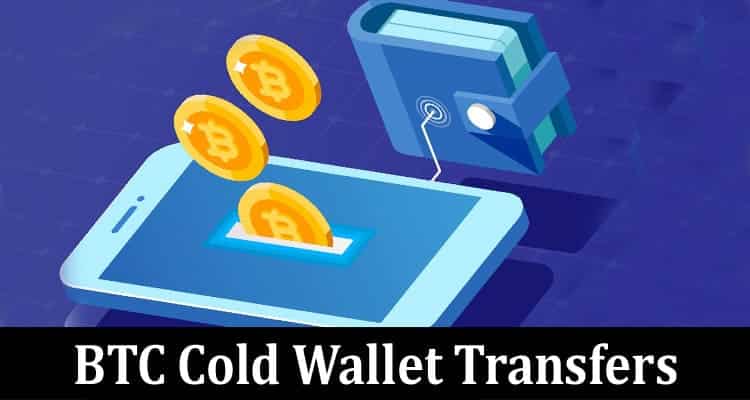Discover how to keep your Bitcoin (BTC) safe from online threats with a budget-friendly approach. This article outlines the step-by-step process of transferring BTC to a cold wallet, providing essential tips to ensure your digital assets remain secure. Open an account in an automated trading bot that could provide cost-effective solutions for transferring BTC to cold wallets.
Step-by-Step Guide: Transferring BTC to a Cold Wallet
Transferring Bitcoin (BTC) to a cold wallet is a crucial step in securing your cryptocurrency holdings. By moving your digital assets to a hardware wallet, you can protect them from online threats and potential hacking attempts. Follow this step-by-step guide to safely transfer your BTC to a cold wallet.
Firstly, you need to create a new cold wallet. This involves setting up the hardware wallet securely. Ensure that you follow the manufacturer’s instructions carefully and keep the process offline as much as possible. Generating a strong and unique wallet password is essential to safeguarding your funds.
Once your cold wallet is set up, it’s time to generate and store the recovery seed. The recovery seed is a series of words that act as a backup to your wallet. Write down this seed on a physical paper and keep it in a secure location, away from prying eyes and potential physical damage. It serves as a failsafe in case your hardware wallet gets lost or damaged.
To ensure your cold wallet operates optimally, install any necessary software and firmware updates recommended by the manufacturer. These updates often include critical security patches that protect against vulnerabilities.
Now, connect your cold wallet to a computer or smartphone using a secure and private internet connection. Avoid using public Wi-Fi or untrusted networks during this process. Once connected, verify that your cold wallet is genuine and not tampered with by performing a firmware check.
Before transferring your entire BTC holdings, start with a small test transaction. Send a small amount of BTC to your cold wallet to confirm that everything is functioning correctly. This step allows you to double-check that the wallet address is accurate, and the funds are safely stored offline.
Now comes the crucial step of transferring the bulk of your BTC holdings to the cold wallet. When initiating this transaction, ensure you enter the correct wallet address to avoid any loss of funds. Double-check the address, and if possible, use a QR code scan to eliminate any manual errors.
Once the transaction is complete, verify that the BTC is securely stored in your cold wallet. Ensure you can view your balance and transaction history on the device without any issues. By completing this process, you have successfully moved your BTC to a cold wallet, reducing the risk of online theft and securing your cryptocurrency for the long term.
Ensuring Security and Avoiding Common Mistakes
When handling your cold wallet’s recovery seed, exercise extreme caution. This seed is the key to accessing your funds if your wallet is lost or damaged. Avoid storing the seed on any digital device, such as computers or smartphones, as these are susceptible to hacking and malware. Instead, write down the seed on a physical piece of paper, and if possible, create multiple copies and store them in separate secure locations.
One common mistake to avoid during the transfer process is rushing or being careless with the steps involved. Take your time and carefully follow each instruction to ensure accuracy. Double-check wallet addresses, transaction amounts, and any other details before proceeding with any transaction. Making errors during this critical process could result in the irreversible loss of your BTC.
Beware of phishing attempts and scams. Hackers and scammers may try to trick you into revealing sensitive information, such as your wallet’s private keys or recovery seed. Be cautious of unsolicited messages, emails, or links claiming to be from wallet manufacturers or cryptocurrency services. Always verify the authenticity of the source before sharing any sensitive data.
Another mistake to avoid is leaving your BTC on an exchange or a hot wallet after transferring a portion to your cold wallet. While cold wallets offer enhanced security, keeping a significant portion of your funds in an exchange or online wallet exposes them to potential risks. Aim to transfer the majority of your BTC holdings to the cold wallet for maximum security.
Lastly, stay informed about the latest security developments and updates in the cryptocurrency world. As technology evolves, new threats and vulnerabilities may emerge. By staying vigilant and educated, you can adapt to changing security needs and ensure the ongoing protection of your BTC.
Conclusion
By following this article, you can confidently move your BTC to a cold wallet without breaking the bank. Safeguarding your cryptocurrency in a cost-effective manner ensures protection against potential cyber risks, giving you peace of mind for the future.


